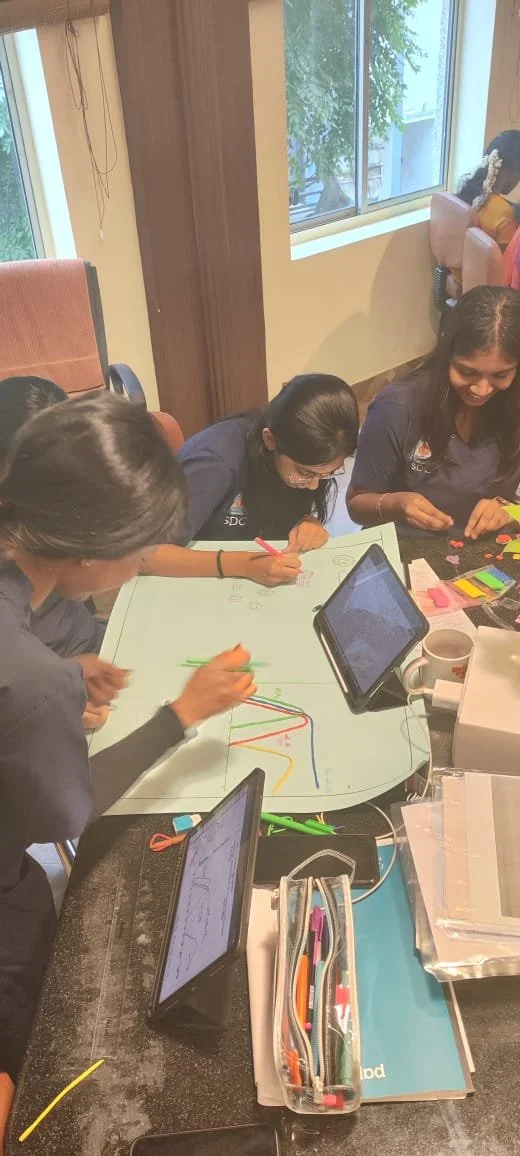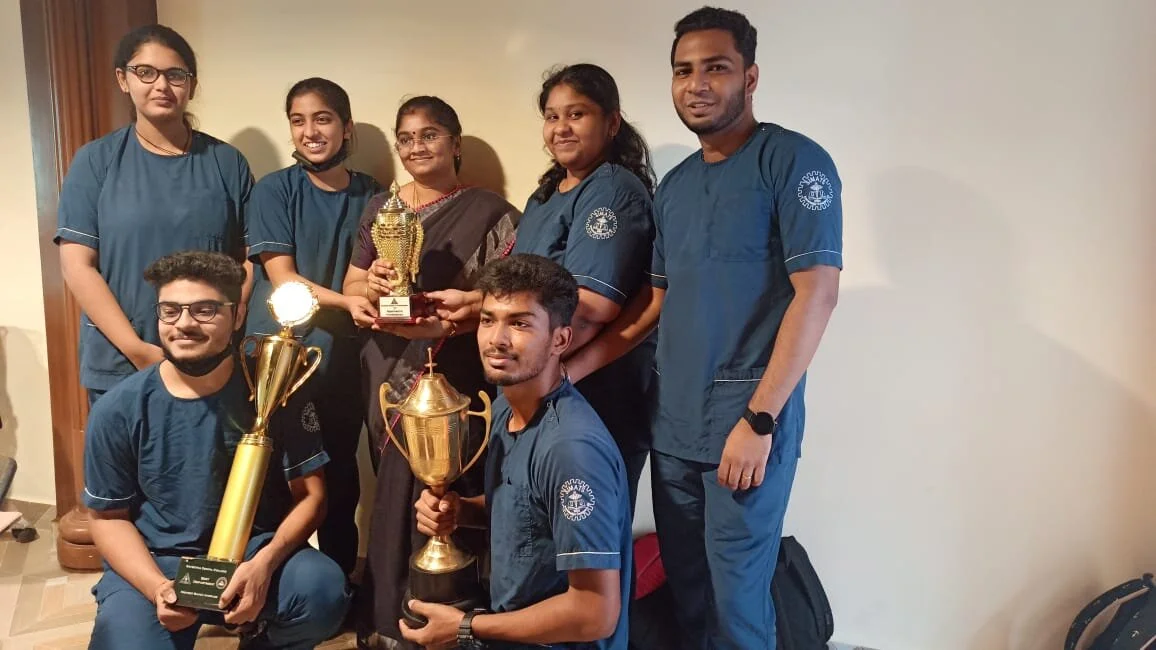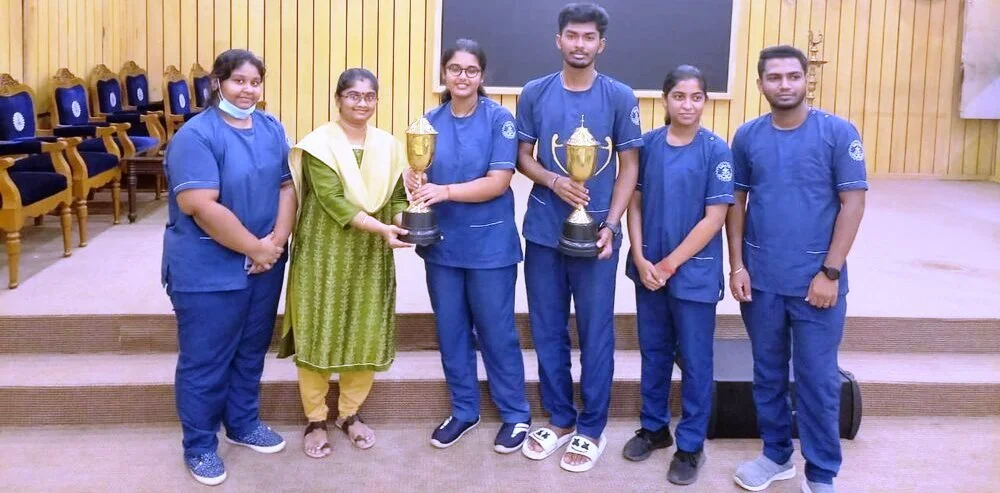“The first step in teaching students to innovate is making sure that educators have opportunities to be innovators themselves.”
BEST TEACHING PRACTICES
Teaching in Microbiology session was filled with fun-based learning sessions, with interactive games and activities to ensure the students understand the concepts and facts in an easier way.
At Saveetha Dental College we practice a unique method of teaching called "Multiple Interactive Learning Algorithm" (MILA) which includes Pogil, Peer-led, Jigsaw, critical pedagogy, clay molding, journal discussion, etc. We teach through Keynote video-based teaching and we give notes in Ibook, wherein we upload salient points with relevant pictures and videos. So that, the students can understand the concept in a much better way, it is also helpful in preparing for university exams and other competitive exams. It gives a space for the students to participate in the lectures and learn with interest. It is more activity-based teaching than a monotonous lecture. That made the change in the student’s perspective of the subject and show better performance in the studies and research.
Undergraduate students performed several activities such as DORA, OREO, Tick…Tick…Tick. The students were also allowed to have a hands on training on molecular techniques such as PCR, isolation of DNA, quantification and quality analysis of DNA using Nanodrop.
INTERACTIVE TEACHING AND TRAINING SESSIONS
We are also involved in postgraduate teaching in Immunology, Molecular Biology, Genetics, and Bioinformatics for Oral Pathology students. The students were given hands-on training in various experimental procedures such as genomic DNA and RNA isolation from blood, saliva, and tissues. Students were exposed to advanced molecular techniques such as conventional PCR, quantitative real-time PCR, protein isolation, and Western blot analysis.
Computational Biology and Bioinformatics are the emerging fields of Molecular medicine. The students were trained to perform virtual experiments to understand and imbibe the concepts in a dry lab environment. These methods helped students to design their projects and research works pertaining to the field of Genetics and Molecular Biology.











